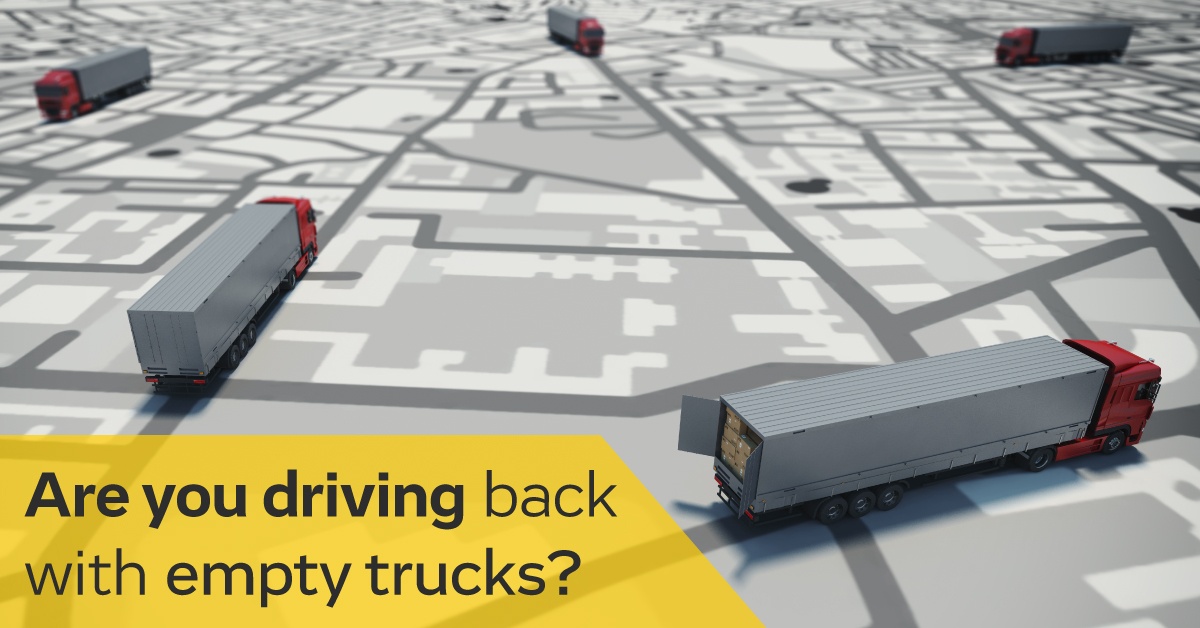Uberization of Freight Transportation Spawns Trucking Industry Changes
According to American Trucking Associations (ATA), trucks move almost 70 percent of U.S. freight each year. At the same time, the average annual gross revenue from freight trucking exceeds $700 billion.
While these figures are impressive, hidden within them is a disturbing fact: The U.S. trucking industry spends some $16 billion a year – or 15 percent of its overall operational costs – on deadhead miles (i.e., trucks moving between points without freight aboard). Thus, major opportunities exist across the industry for greater efficiency and cost savings.
According to a study by Frost & Sullivan, it is estimated that mobile apps for trucking will generate revenue on the order of $35.4 billion by the year 2025. According to the study, on-demand freight mobile apps will allow smaller fleets to experience higher asset utilization, and shippers to benefit from lower logistics costs through decreased brokerage fees. Mobile apps also have the potential to alleviate capacity crunch and reduce deadhead miles, thereby lowering gas emissions and improving air quality.
In response, investors are pouring millions of dollars into mobile app startups seeking to disrupt the trucking industry with digital tools designed to match trucks and loads at competitive market rates. This phenomenon, which is called the “uberization” of the freight industry, is intended to assure that trucks always haul a full load and thus lower operational costs by minimizing deadhead miles. Notably, this spring, Uber itself unveiled “Uber Freight,” a free mobile app that matches carriers with shippers with the touch of a button. Features like “set price” and instant booking capability from companies like Uber are changing the way shippers are able to secure truck capacity.
This segment of the industry is exceptionally volatile. Frost & Sullivan further predict that only 30 of the 100+ mobile apps that already exist – with many more on the horizon – will survive by 2020.
Another big change in the trucking industry is expected to be modeled by a transition from a product- to a service-based model, primarily aided by digitalization. Urban challenges in the trucking industry will need new breeds of trucks that help drivers with dynamic routing and digital autonomy and offer features such as traffic alerts that will help truckers drive safe and stress-free.
Traditional brokers are beginning to embrace technology in order to modernize their business. To keep up with the changing industry, brokers are digitalizing contracts and proof-of-delivery documents as well as facilitating fleets in order to dispatch information via mobile apps. With these advancements, the freight broker model is expected to be mostly controlled by web-based apps by the year 2025, increasing the market by $50 billion.
Freight mobility apps are expected to manage a reliable spot market for shippers to allow just-in-time pickups and deliveries. Although expectations of mobile apps vary from industry user to user, brokers can benefit from these apps by gaining access to a wider network of shippers. Carriers, however, benefit from mobile-based apps by reducing reliance on brokers and increasing independence. Shippers, which like to reap the benefits of the spot market, prefer to have an app with more quality control. On the other hand, carriers would embrace and benefit from freight mobility apps that allow them access to more loads and faster pay.
In this environment, a collaborative logistics platform, used in combination with freight visibility apps, will gain increased prominence from beginning to end of the shipping process. In particular, tools that deliver accurate, real-time freight visibility, regardless of carrier employed, will be invaluable. Shippers may always want the best price but their desire to know exactly where their shipments are at any given point in time will never waiver. And, as the population of carriers on which they depend expands due to load-matching apps, their ability to track all of their shipments concurrently will require specialized technology. For carriers increasingly dependent on virtual fleets to supplement their own, they, too, will need technology that delivers visibility of shipments, perhaps more so than ever before.



